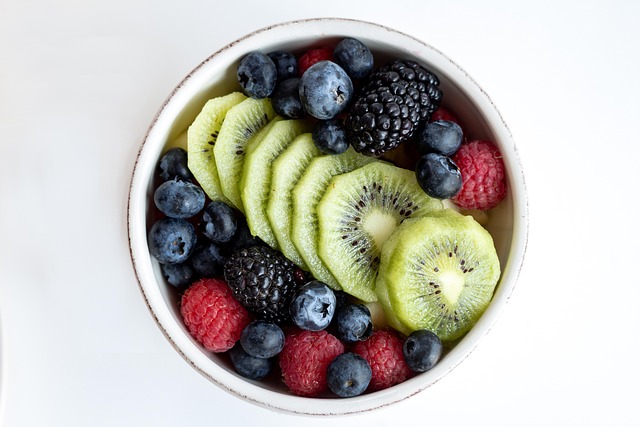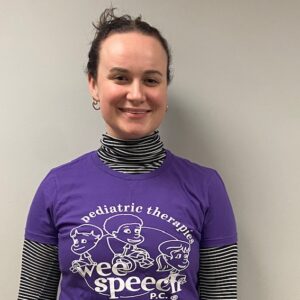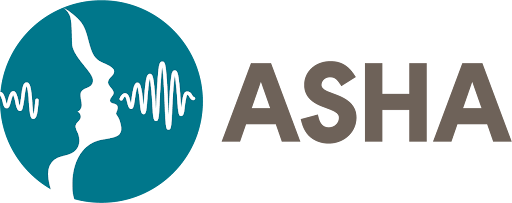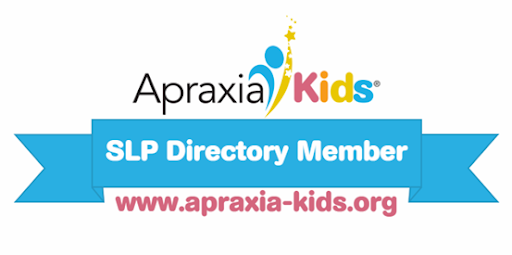Understanding categorical membership (what group something belongs to) and function (what something is used for) is a foundational language skill for young learners. The good news? You don’t need special materials or flashcards. These concepts can be naturally woven into everyday routines.1. Grocery Store Chats
At the store, talk about food categories:
“Apples go in the fruit section. What else is a fruit?”
“A broom is in the cleaning aisle. What do we use a broom for?”
2. Playtime Sorting
Whether it’s toy animals, blocks, or dolls:
Sort by category: “Let’s put all the animals together. What kind of animal is this?”
Talk about function: “What does a fire truck do?”
3. Mealtime Moments
Make meals a language-rich time:
“A spoon is a utensil. What do we use it for?”
“Bread is a grain. Can you find something that’s a vegetable?”
4. Clothing Choices
Dressing becomes a mini lesson:
“Socks are clothes. What else do we wear?”
“A jacket keeps us warm. What does a hat do?”
5. Daily Clean-Up
Turn tidying up into a learning moment:
Group toys by category (vehicles, animals, tools).
Discuss what each item does before putting it away.By naturally labeling and discussing what things are and what they do, you’re helping children build vocabulary, reasoning, and early academic skills, without adding anything extra to your day.
At the store, talk about food categories:
“Apples go in the fruit section. What else is a fruit?”
“A broom is in the cleaning aisle. What do we use a broom for?”
2. Playtime Sorting
Whether it’s toy animals, blocks, or dolls:
Sort by category: “Let’s put all the animals together. What kind of animal is this?”
Talk about function: “What does a fire truck do?”
3. Mealtime Moments
Make meals a language-rich time:
“A spoon is a utensil. What do we use it for?”
“Bread is a grain. Can you find something that’s a vegetable?”
4. Clothing Choices
Dressing becomes a mini lesson:
“Socks are clothes. What else do we wear?”
“A jacket keeps us warm. What does a hat do?”
5. Daily Clean-Up
Turn tidying up into a learning moment:
Group toys by category (vehicles, animals, tools).
Discuss what each item does before putting it away.By naturally labeling and discussing what things are and what they do, you’re helping children build vocabulary, reasoning, and early academic skills, without adding anything extra to your day.
Get a Free Online Assessment
Looking for an expert opinion on your child's needs? Fill out a 3 minute questionnaire and receive a personal evaluation from our staff




